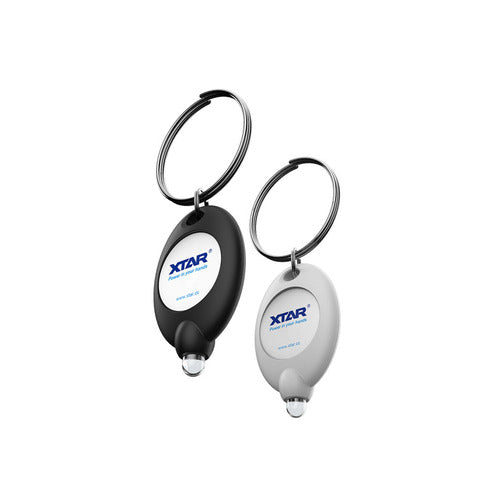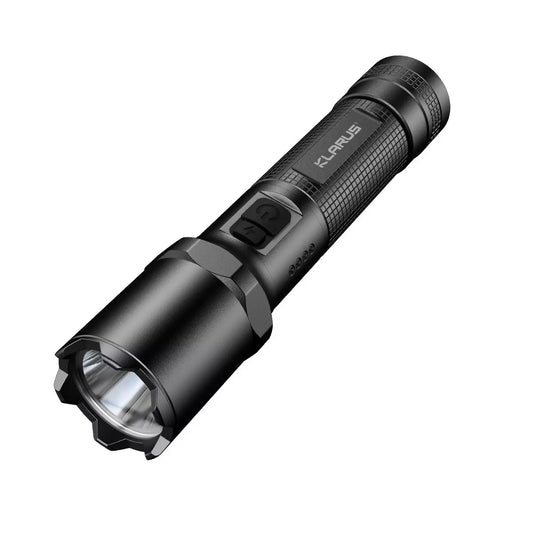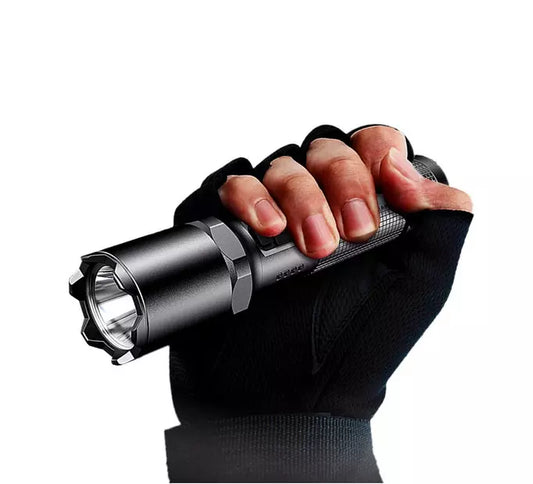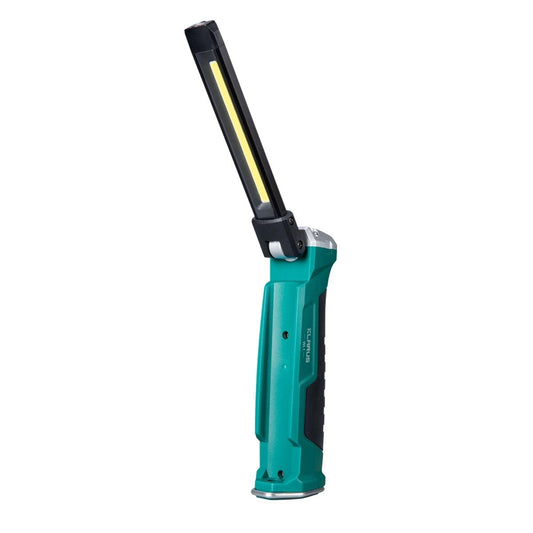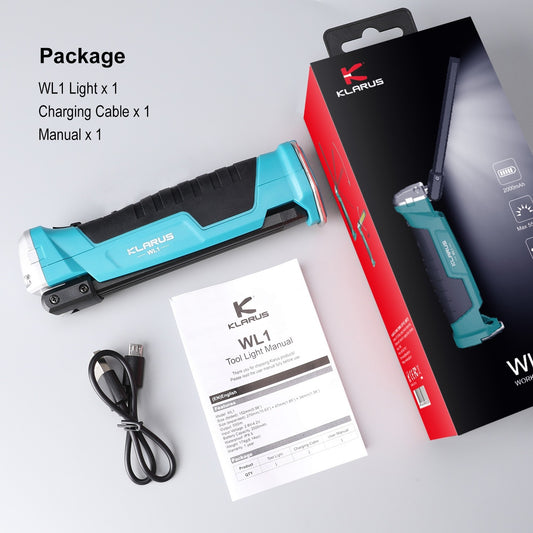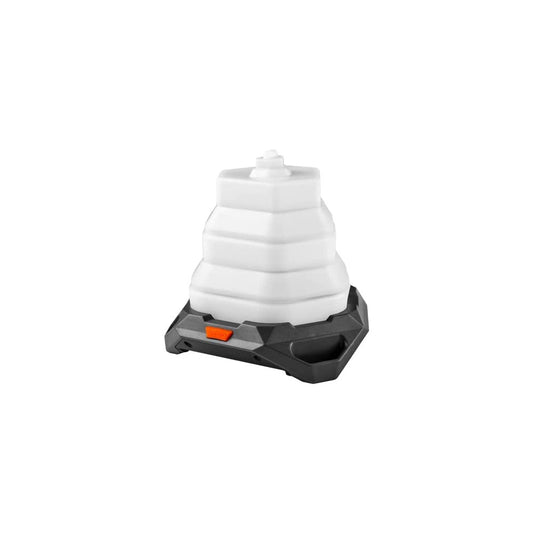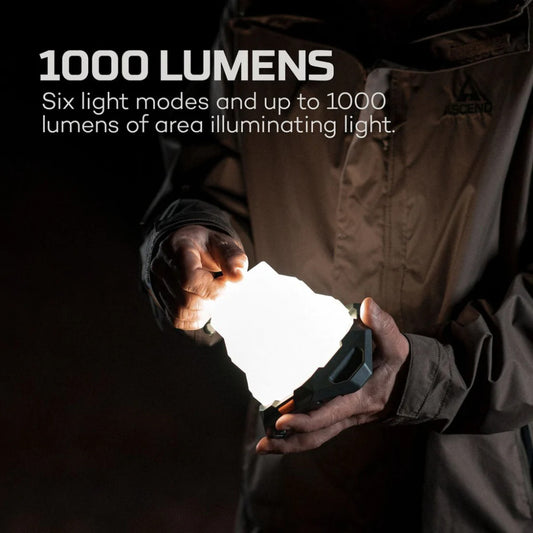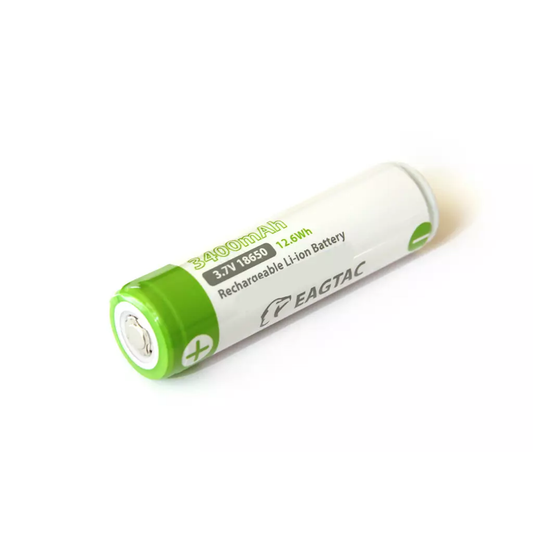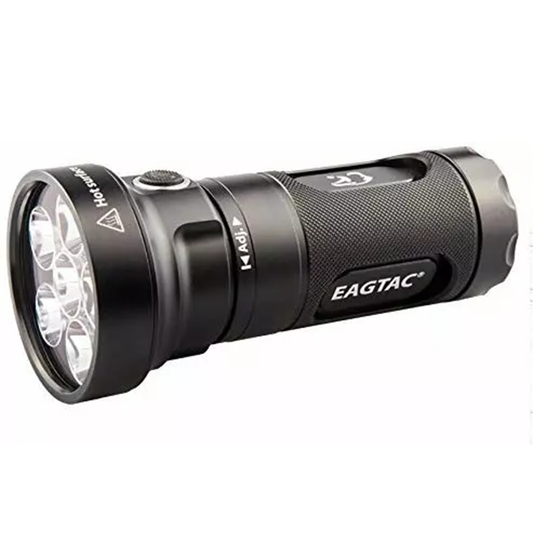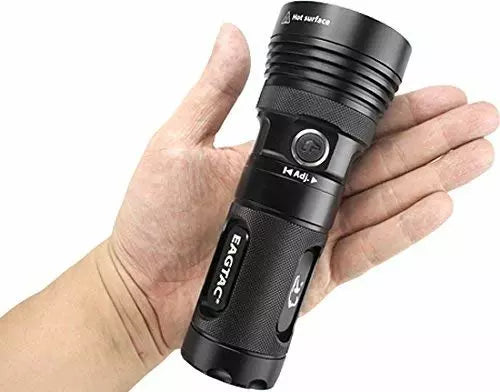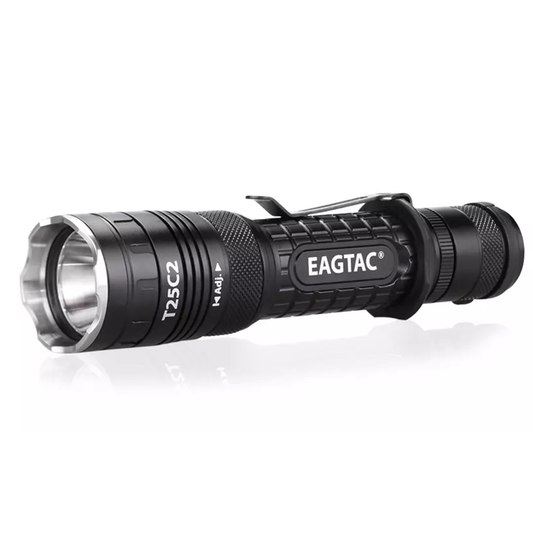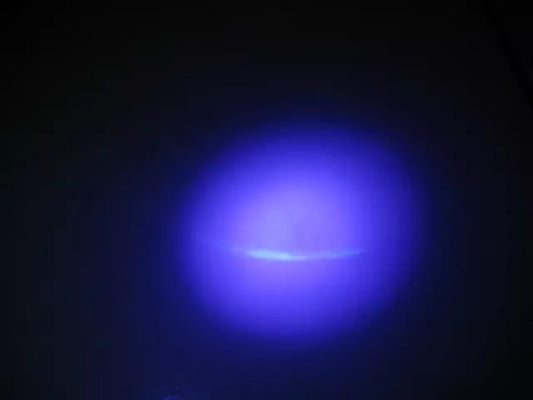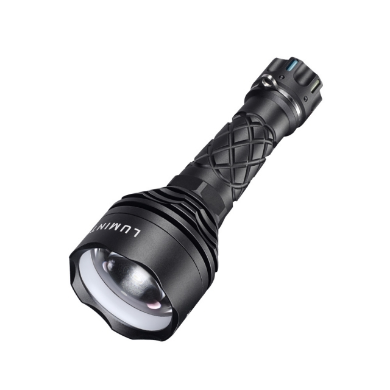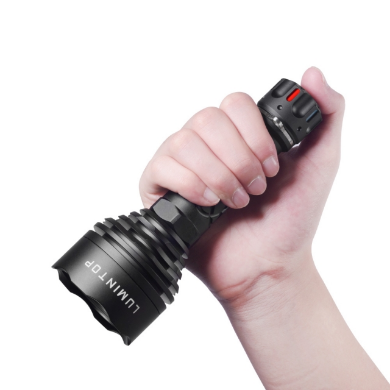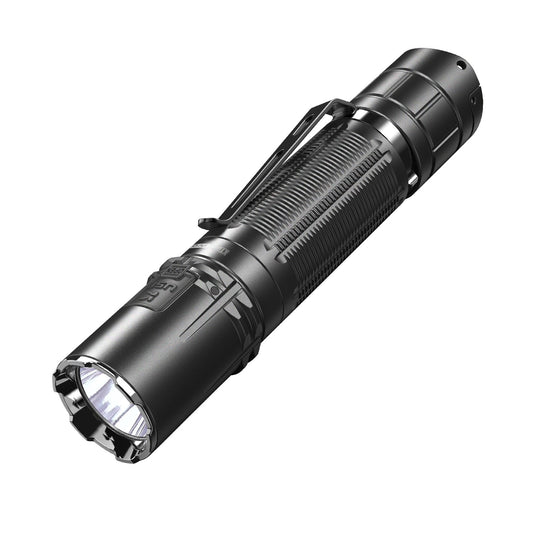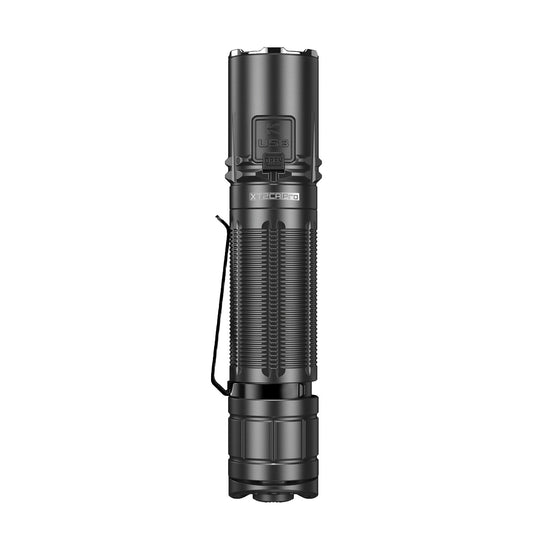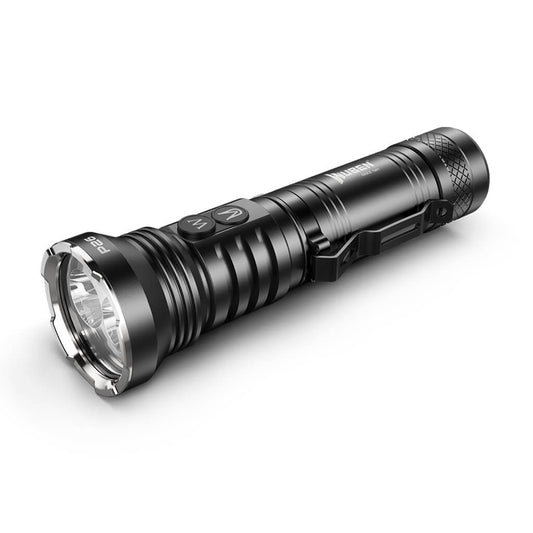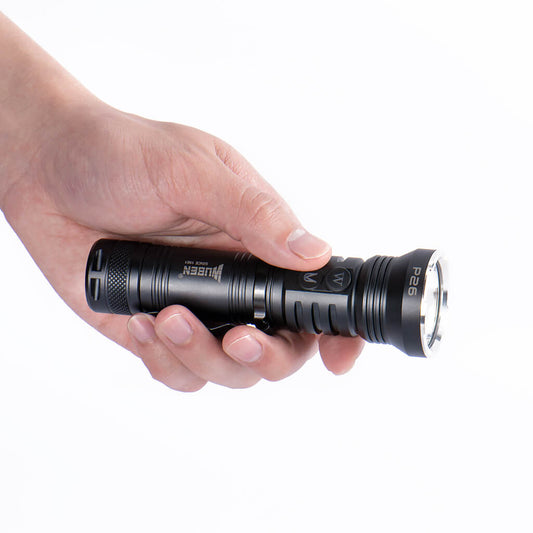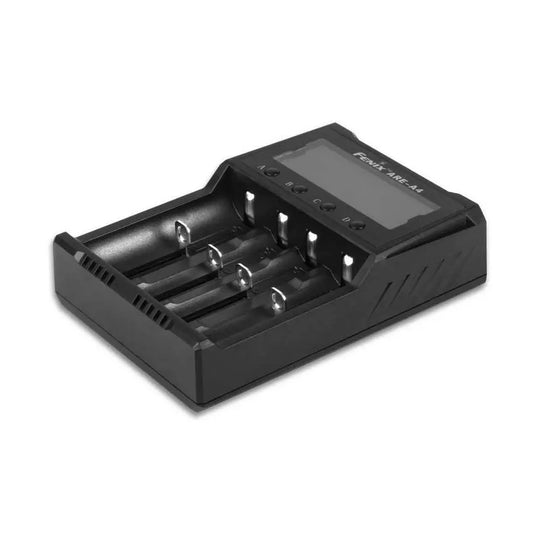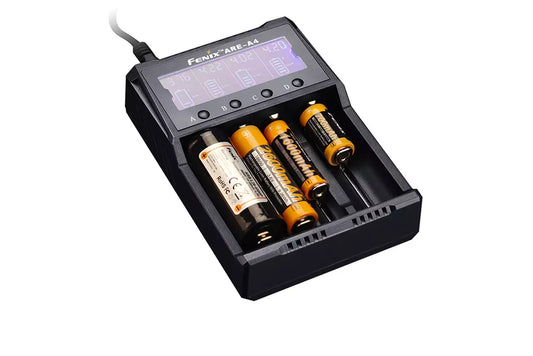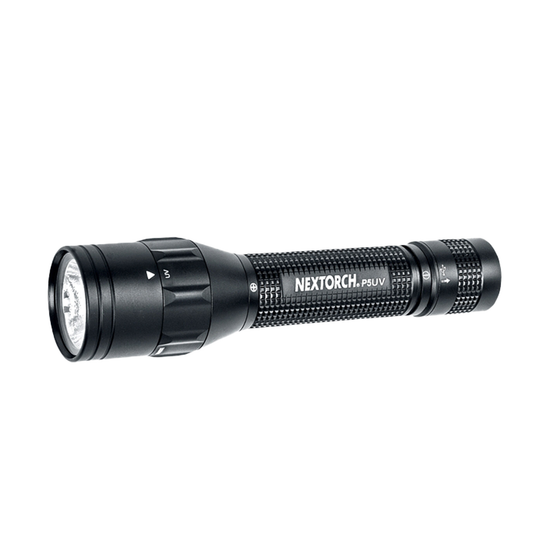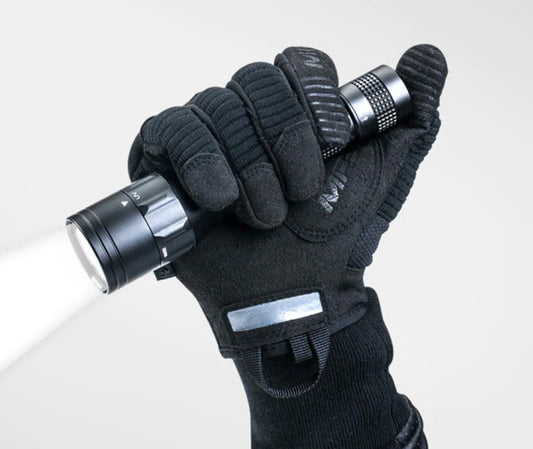Welcome to our deep dive into the fascinating journey of torches, from their inception to their modern LED counterparts. This blog post will take you through an enlightening journey starting from the humble origins of torches, touched by the transformative fire of innovation, right up to the advent of LED torches. We'll shed light on when the first LED torches were introduced and how they trumped their incandescent predecessors. Whether you're a camping enthusiast, a professional in search and rescue operations, or a homeowner seeking reliable lighting solutions, you'll gain valuable insight into the versatile uses of LED torches. So, let's illuminate the path of our journey and delve into the enlightening history of torches.
The Birth of Torches: Igniting a Flame of Innovation
Torches have played a crucial role in human civilisation since ancient times, serving as an essential element throughout history. The earliest torches were nothing more than sticks set alight by fire, used by our ancestors as a source of light and a means to ward off predators. Archaeological evidence points towards the use of torches as early as 1.42 million years ago. These primitive torches were a simple yet powerful tool, a testament to the human spirit of innovation, and paved the way for the development of more sophisticated light sources in the ages to come. From the rudimentary fire-torch, humankind progressed to oil-based torches around 20,000 BC, where reeds soaked in animal fat were used to prolong the burning time. Thus, the journey of torches began from a mere flickering flame to the bright and efficient LED flashlights we have today.
The Evolution of Torches through the Ages
The chronological breakdown of torches through history is as follows:
- Fire Torches (1.42 million years ago - 20,000 BC): Early humans made the first torches by setting fire to a stick or a bundle of twigs. They were rudimentary but served the need for light and protection against predators.
- Oil-based Torches (20,000 BC - 1800 AD): Around 20,000 BC, humans began to use animal fat to make torches burn for longer. These torches, soaked in animal fat, were commonly used throughout ancient times and into the middle ages.
- Gas Torches (1800 - late 1800s): The industrial revolution saw the advent of gas lighting. Gas torches, using coal gas or natural gas, were a significant innovation of the 19th century.
- Incandescent Torches (Late 1800s - Mid 1900s): The late 19th century welcomed the invention of electric torches, thanks to the development of batteries and incandescent light bulbs. These torches became a common household item in the 20th century.
- LED Torches (Mid 1960s - Present): Finally, the mid-1960s saw the emergence of LED (Light Emitting Diodes) technology. Initially, LEDs were used in electronics but eventually found their way into torches by the late 1990s. LED torches offer several advantages over their predecessors, such as longer battery life, improved luminosity, and robustness, making them popular for various purposes from home use to camping, police work, and search and rescue operations. Over the past few decades, LED torches have become the standard, continuing to illuminate our path into the future.
When the First LED Torches Were Introduced
The history of modern torches began in the late 19th century when manufacturers began experimenting with different light sources, including kerosene lamps and electric bulbs. The invention of the incandescent bulb is credited to Thomas Edison in 1879, ushering a new age of lighting technology and changing the way we use torches. However, it wasn't until the mid-1960s that LED technology was developed and used in electronics. By the late 1990s, these LEDs were making their way into torches, marking a new era of torch technology.
The first LED (Light Emitting Diodes) torch was introduced to the market in the year 2001 by a company named Lumileds. They created the Luxeon LED, which was the first high-powered and high-efficiency LED. This marked a significant advancement in torch technology, offering unparalleled brightness that was so far unseen in the world of handheld lighting. The Luxeon LED was an instant success and revolutionised the torch industry. Gradually, other manufacturers followed suit, adopting LED technology and incorporating it into their own models. Today, LED torches have become an indispensable tool, thanks to their energy efficiency, durability, and powerful illumination. These torches are now used in various sectors, including home use, outdoor adventures like camping, professional settings such as law enforcement, and in life-saving search and rescue missions.
Advantages of LED Torches over Incandescent Torches
Since their inception, LED torches have grown significantly in popularity due to their many advantages over incandescent torches. LED torches offer longer battery life, improved luminosity, and are much more durable than their incandescent counterparts. They also require less energy, making them a greener choice for the environment.
In addition, LED torches exhibit superior brightness levels compared to traditional incandescent torches. They produce a cleaner, brighter light that penetrates further into the darkness, which is critical when used in outdoor scenarios or professional fields such as search and rescue operations. Thanks to their solid-state construction, LED torches are more resistant to impact, vibration, and temperature changes, making them incredibly robust and reliable.
Moreover, LED torches have a longer lifespan compared to their incandescent counterparts. An LED torch can last for up to 50,000 hours, which is far beyond the average lifespan of an incandescent bulb. This longevity translates to cost savings over time as the need for frequent replacement of bulbs or torches is substantially reduced.
Last but not least, LED torches offer variable control over the light intensity. Users can adjust the brightness according to their needs, a feature often not available in incandescent torches. This adaptability makes LED torches a versatile tool fitting a wide range of lighting requirements.
In summary, the numerous advantages of LED torches such as their efficiency, brightness, durability, lifespan, and adaptability make them a superior choice over traditional incandescent torches. Whether you need a dependable light source for home use, outdoor adventures, or professional applications, LED torches clearly shine the brightest.
Uses of LED Torches
Today, LED torches are used for a variety of purposes ranging from home use to camping, police work, and search and rescue operations. Their long battery life and lightweight design make them ideal for outdoor activities such as hiking or camping trips. They are also used by professionals in search and rescue missions due to their robustness and improved luminosity over incandescent torches. LED torches can even be used as a night light for reading or other tasks that require illumination.
In tactical and security fields, LED torches are utilised due to their unique ability to offer a high-intensity beam of light, aiding in visibility during night patrols or searches. Furthermore, their robustness and reliability under varying conditions make them a favoured tool among law enforcement personnel.
LED torches also find applications in everyday domestic scenarios. Given their variable light intensity, they can be used for tasks that require precision and focus, such as home repairs or DIY projects. Their compact sizes and energy efficiency make them handy during power outages.
In the realm of outdoor sports and adventure, LED torches are almost indispensable. They are extensively used by hikers, divers, and campers due to their lightweight nature, superior brightness, and resistance to environmental factors like water and dust.
With their longevity and energy-efficient properties, LED torches have also gained popularity in sustainable living communities, contributing to reducing the overall environmental footprint. In essence, LED torches have numerous applications., touching various aspects of our daily lives and professional fields, making them a valuable tool in modern society.
Conclusion
This concludes our journey through the history and evolution of torches, from their humble beginnings to their modern LED counterparts. We hope that this post has shed light on the rise and fall of torches over time and illuminated some of the many advantages offered by LED torches today. So the next time you reach for your torch, remember its fascinating journey across centuries and its role in ushering in a whole new era of illumination.

